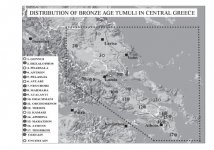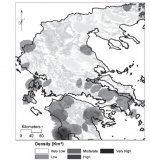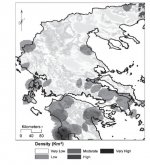Demetrios
Regular Member
- Messages
- 456
- Reaction score
- 118
- Points
- 0
- Location
- Ἀθῆναι
- Ethnic group
- Ἕλλην
- Y-DNA haplogroup
- I2a-Y18331 > A2512*
Rethink what idiot? The Romans of the new Rome were Greeks and native Anatolians (descendants of the Hittites), among other people. They would be very familiar with this symbol. What you show is one of the many dozens shield patterns which doesn't even show a double-headed eagle. And you tell me to rethink it. I show you an actual double-headed eagle and explain to you based on common knowledge that it began from Assyria, moved to Anatolia, and entered Byzantium or New Rome or Eastern Roman Empire or Romania. Plain as that. Then from then on Greeks, Russians, Prussians/Germans, Serbians, Albanians, Montenegrins, and even Turks adopted it, among others.








